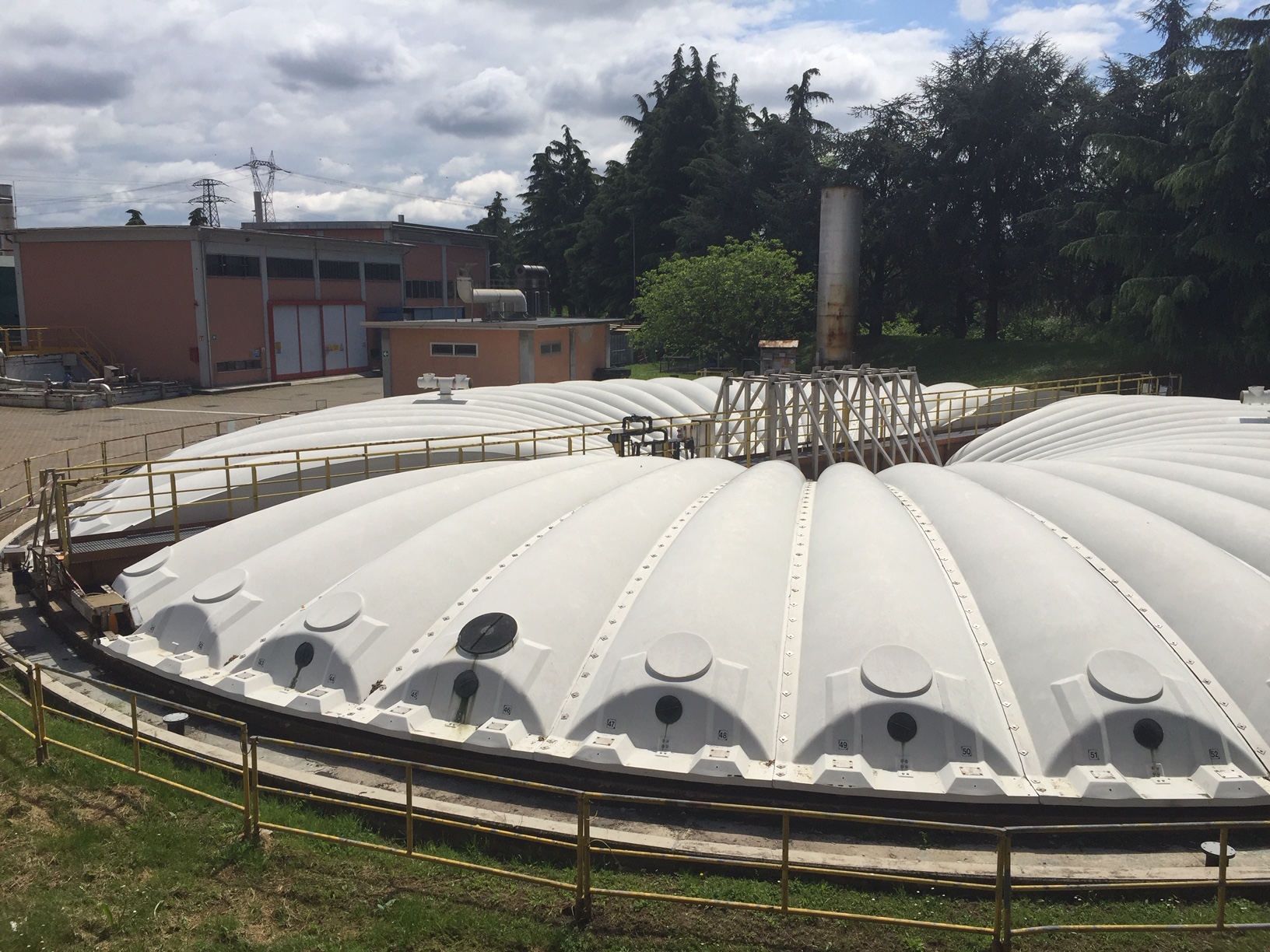The treatment of wastewater coming from the territory is an important phase for BrianzAcque in the management of the water cycle that, as a final act, returns a precious resource like water to the environment, contributing to the protection of our rivers and to the improvement of the health status of their waters.
With over 70,3 million cubic metres of sewage purified and reintroduced into the watercourses, around 800,000 inhabitants served and residing in 33 municipalities, the service, concentrated in the two plants of Monza and Vimercate, are an efficient management system capable of allowing high economies of scale and the possibility of applying the most advanced technologies available on the market. Energy management, the continuous attention to the monitoring of wastewater from the territory with particular attention to production discharges, the recovery of resources, the reuse of sewage sludge and air deodorisation are all important activities that consist in the assets of our daily work aimed at minimising the impact on the environment.
877,888
inhabitants served
2
purification plants
managed
66 million m3 of purified water
The BrianzAcque purification plants require that the waste water (of civil and industrial origin) reaches the biological reactor with "activated sludge" after initially undergoing physical pre-treatment aimed at separating the solid components consisting of coarse material (through physical screening), sand (through desanding) and the oils and fats (through de-oiling) from the sewage, then subjected to a process of sedimentation of the pollutant component suspended in the sewage (primary sedimentation).
The heart of the "activated sludge" process is the biological treatment of the sewage: this treatment is carried out by micro-organisms in the form of muddy flakes in suspension in the biological oxidation tanks.
The micro-organism population (bacteria, protozoa, metazoa, rotifers, etc.) grows and reproduces continuously inside the oxidation tank thanks to the use of organic carbon and nutrients (nitrogen and phosphorus) in the wastewater to be treated.
This process of bacterial growth and reproduction makes it possible to remove the forms of pollutants dissolved in the sewage (nutrients and organic molecules) by concentrating them in the "activated sludge" made of the products of cellular metabolism and the bacterial mass.
The mixture coming out of the oxidation tank (activated sludge and treated effluent) is sent to secondary sedimentation, where the activated sludge flakes are separated from the purified effluent by decantation, which is sent for final treatment, while the sludge recirculates in the biological oxidation tank and is partly continuously extracted as a surplus sludge to be sent for treatment and disposal.
It is necessary to specify that within this process, chemical reagents are also used to assist the nutrient removal process (chemical de-phosphitylation) and that the purified effluent, before being discharged into the receiving body, undergoes tertiary filtration and disinfection treatments (by UV or peracetic acid dosage), the latter being necessary to remove the residual bacterial load.


